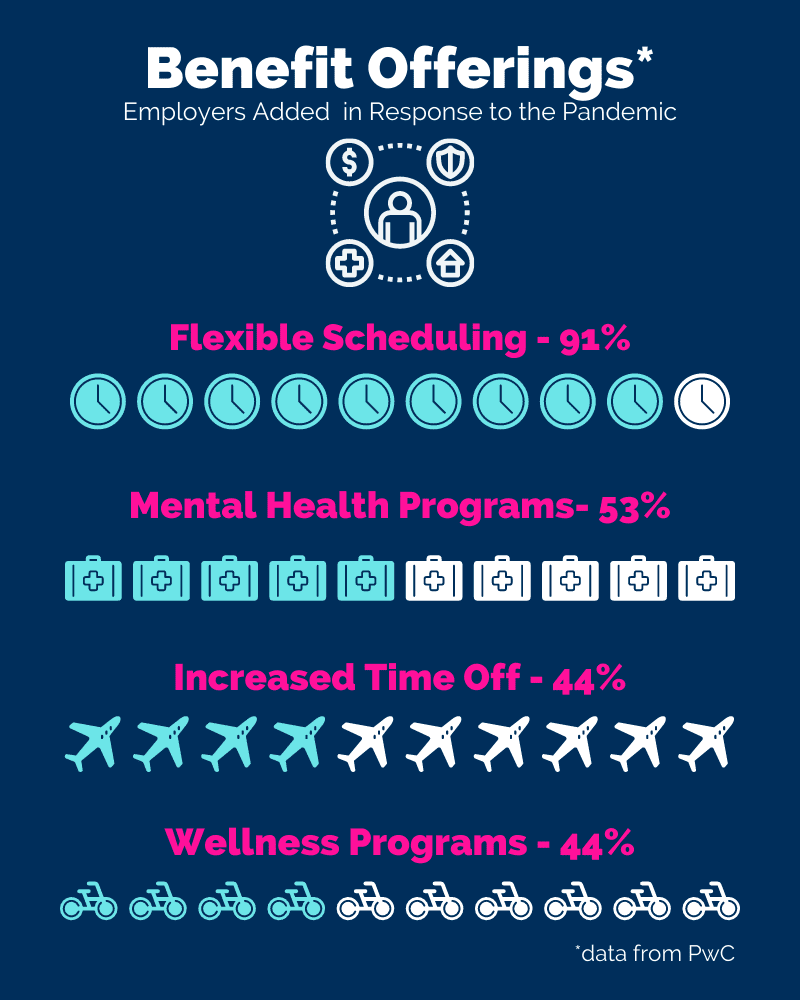Hybrid Interviewing and Working
Together, these surveys illustrate the increasing movement towards virtual and hybrid working environments with staying power. However, these blended environments will require new approaches and skillsets to hire, manage, and retain top talent successfully.

70 % of Employers
Passive Recruiting and Talent Pipelining
Sourcing, attracting, and retaining continues to be a significant pain point. And while this was an issue long before the pandemic, the last 18 months have significantly and painfully accelerated the issue.
One strategy that has until now remained somewhat of a secret is passive recruiting. Passive recruiting is a technique in which you focus on recruiting currently employed candidates (rather than the traditional focus on unemployed candidates) but may be ready to change jobs with the right offer from a company they are aligned with.
In a tight labor market, this is a very valuable demographic. Recruiting passive candidates will require more concerted effort, and your complete offer (more than salary alone) will have to be enticing. In essence, the strategy involves building out your brand and your mission so that your values are easily identifiable and aligned with the ideals of prospective hires. Next, you will need to engage candidates directly—through online marketing, social media campaigns, networks, or other methods. Ultimately, the idea is to build relationships with candidates over time to learn more about your company and why they should consider changing jobs. Over time, you should develop a pipeline of future talent that your business needs to scale. consider changing jobs. Over time, you should develop a pipeline of future talent that your business needs to scale.
Holistic Benefits Offerings
To support current employee wellness and productivity and effectively recruiting talent in a competitive job market, more and more employers are adding holistic offerings to round out employee benefits packages. Holistic benefits packages focus on improving total employee wellness and expand benefits to focus on financial, physical, emotional, and social wellbeing in direct and indirect ways.
According to a recent PwC survey, employers added or expanded the following offerings in response to the pandemic: flexible scheduling (91%), mental health programs (53%), increased time off (44%), and wellness programs (44%), among others. As we move into 2022, you can expect employee demand for these types of benefits to continue to rise. To remain a competitive employer, you will need to evaluate your benefits packages accordingly.

The Last Word
The landscape for employers is everchanging, and unfortunately the pandemic has disrupted the landscape at a faster pace. We at InsureGood can help you and your business keep pace with the recruiting and retaining of your team.





